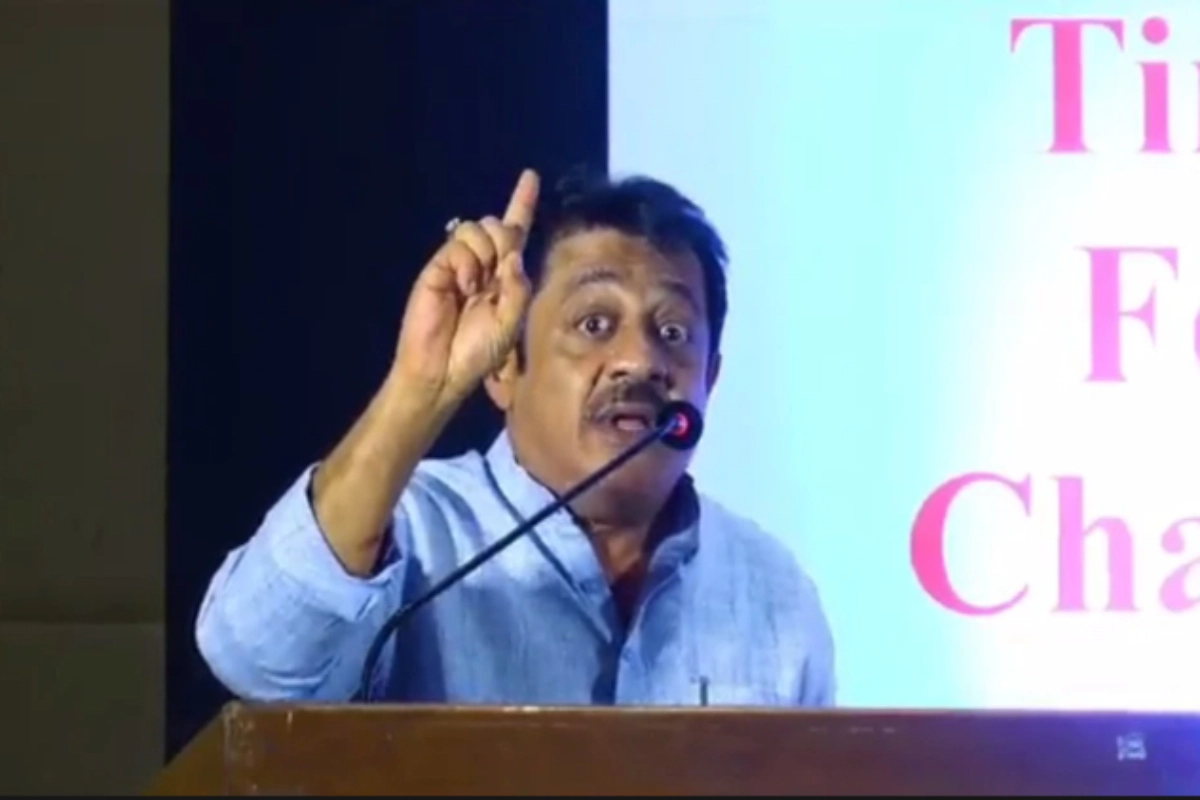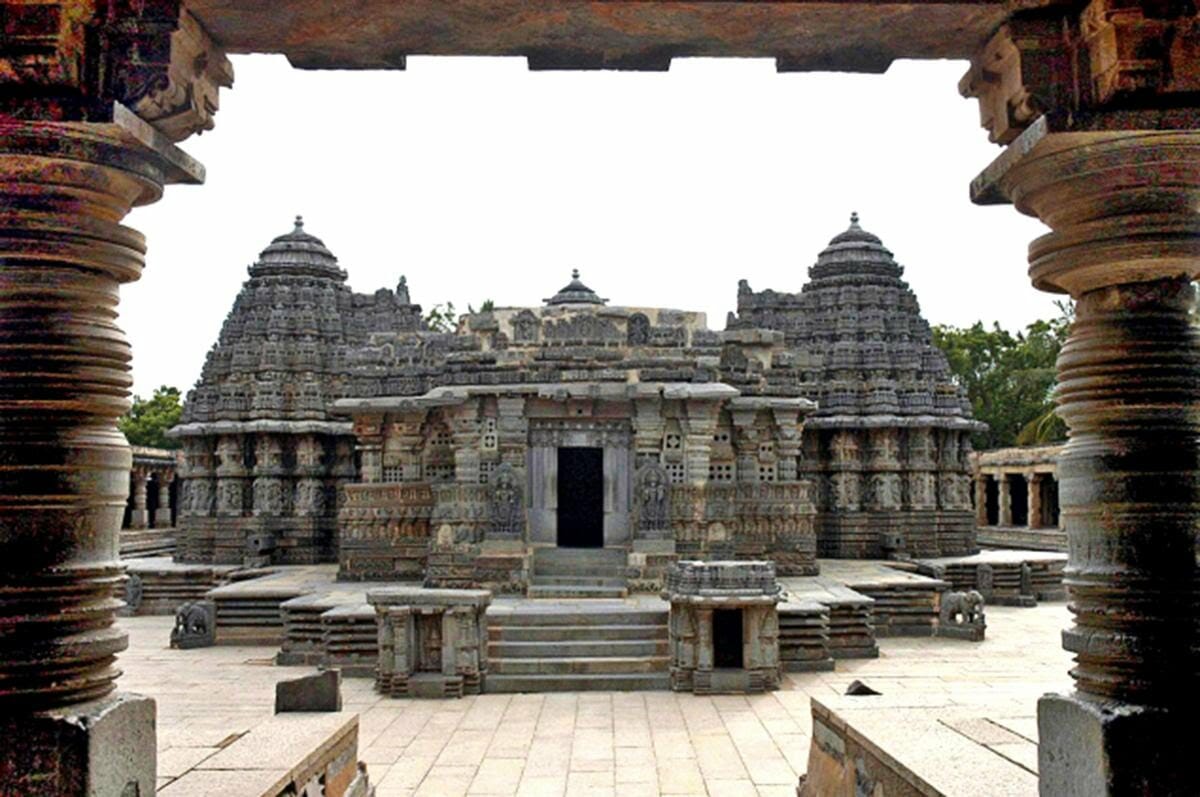The Muslim girls who have moved the Karnataka High Court against the ban on Hijab argued on Tuesday that wearing the headscarf was an innocent practice of faith and not a mere display of religious jingoism.
They also requested the full bench of the HC to make a leeway to attend classes with headscarves as the court’s interim order had suspended their ‘fundamental rights’.
The arguments in the petition, crucial to what has turned into a larger debate around the display of religious identity in educational institutes and the treatment of minorities in the state, were centred on Article 25 of the Indian Constitution.
Article 25 gives people the equal entitlement “to freedom of conscience and the right freely to profess, practise and propagate religion” as long as these are subject to public order, morality and health.
A three-Judge bench led by chief justice Ritu Raj Awasthi and justices J M Khazi and Krishna M Dixit, have been hearing multiple petitions filed in the matter.
Senior counsel Devadatt Kamat referred to a judgement of a South African court where a Hindu girl was permitted to wear a nose ring to school. “This case is not about uniforms, but exemptions to existing uniforms,” the lawyer contended. The Indian Constitution follows positive secularism, “not like Turkish secularism, which is negative secularism, our secularism ensures that everyone’s religious rights are preserved,” he said.
“If somebody wears a shawl to counter hijab, one will have to prove it was a display of religious identity alone. If it is sanctioned by Hinduism by our Vedas, Upanishads, our scriptures, our lordships are duty bound to protect it. If not, then the Article 25 does not protect,” Kamat argued.
The hijab debate, which began in a Karnataka pre-university institution, has extended to numerous districts and even other states. The controversy erupted when some Muslim girl students of PU college in Udupi insisted on wearing hijab in classrooms. The college administration refused them access into the classes, citing that any apparel other than the specified uniform is not permitted in the classrooms.
(With inputs from agencies)












